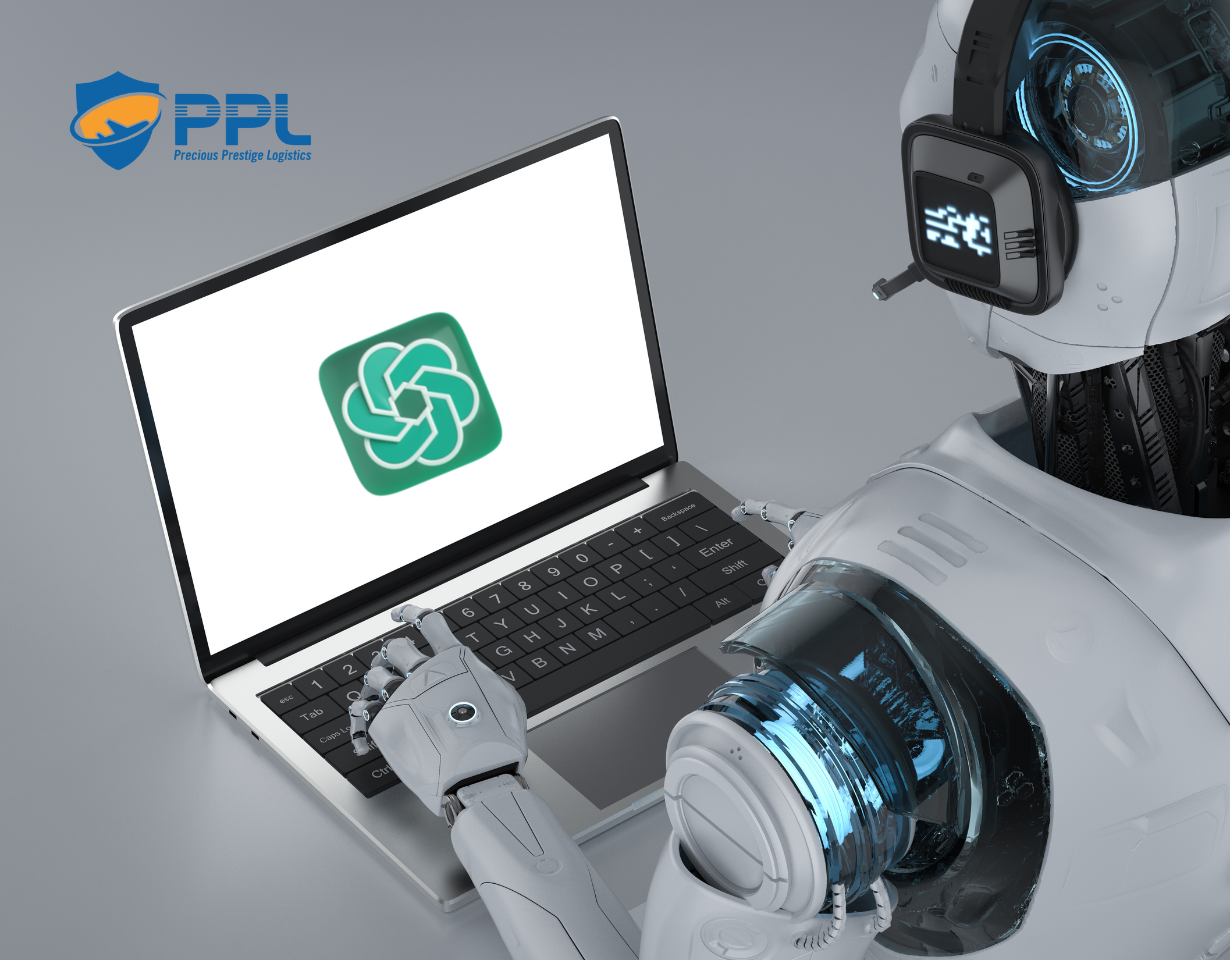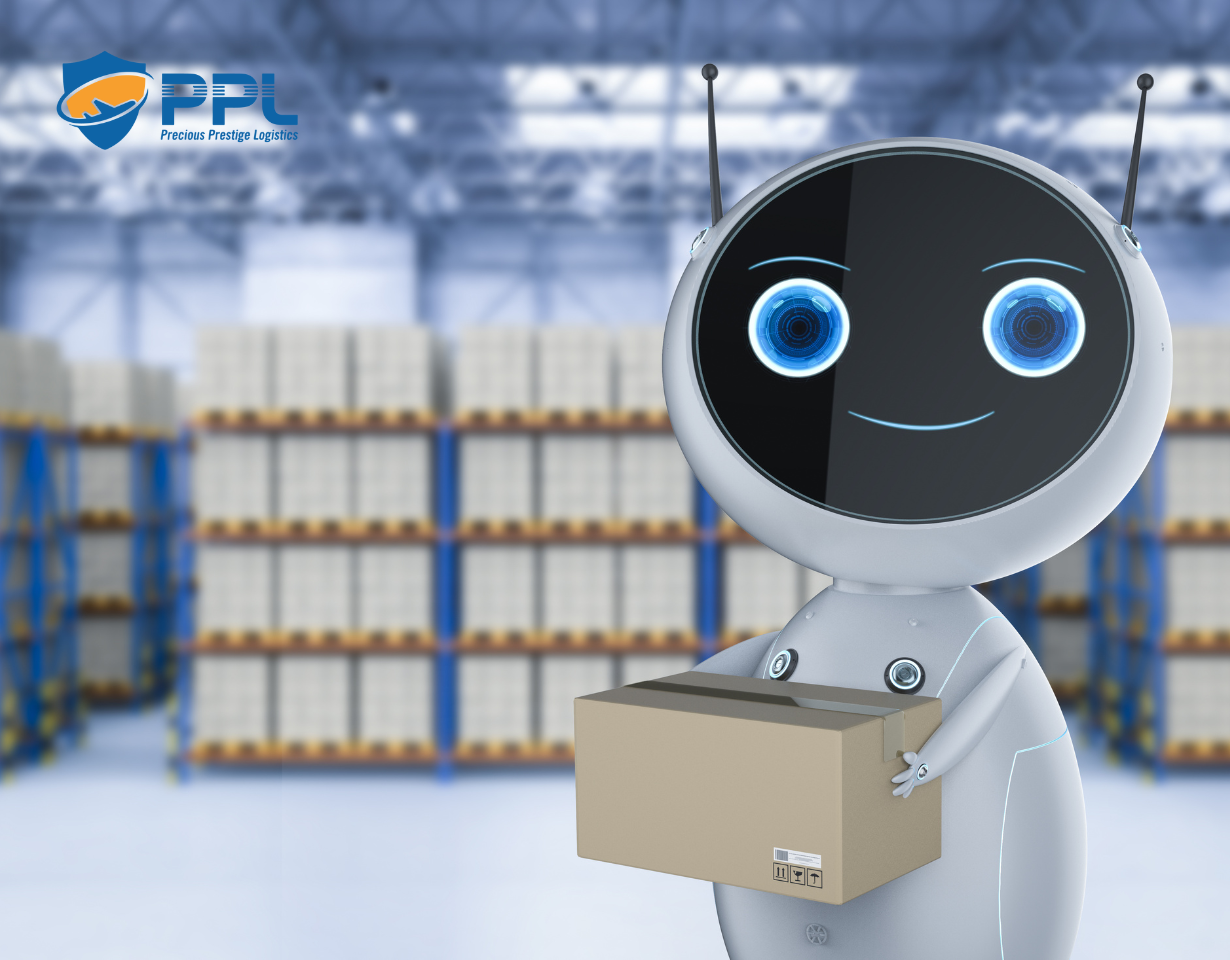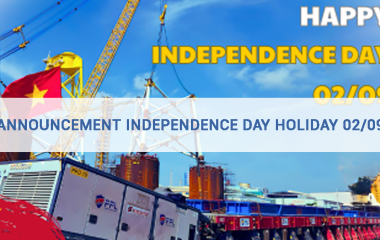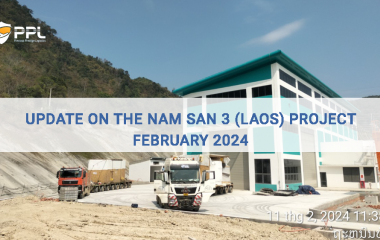How does ChatGPT affect the logistics supply chain?
How ChatGPT could impact the logistics industry. In this article, let's take a look at the aspects that ChatGPT can affect in the supply chain.
The newly born ChatGPT has taken the sky by storm, it is truly unbelievable that machines are constantly learning from human speech analysis and can be much smarter than some of us.
In the years to come, it can help us make decisions comparing prices, specifications, pros and cons, and affordability of everyday purchases.
It can be as simple as making a grocery list, knowing where to buy it cheaper, or as complex as choosing healthcare for yourself or a loved one, or even buying stocks.
So how can ChatGPT's impact on the logistics supply chain sector benefit?

1. Discover faster and provide the necessary information accurately
Use ChatGPT technology to train logistics chatbots to discover and deliver the following information faster:
First, the schedules of airlines/sea carriers departing from any port in the world - be it passenger/cargo flights, bulk carriers, or container ships... - all have their own schedule. available upon request.
Second, customs information, tariffs, taxes, regulations of any country, or comparison between different countries to find out how to find the best solution.
Third, infrastructure details and specifications of any facility, country, port, container, lifting equipment, etc. as long as the information is available in the public domain.
Fourth, the safety data sheet for any product.
Fifth, educate interns or students in logistics.
2. Improve logistics risk management and assessment
First, choose your transit route based on the latest news reports or historical weather reports to avoid potential conflicts or known extreme weather patterns.
Due to news of a possible strike at a certain port, you may start thinking about sailing to another port to unload, and if there is a risk of a storm somewhere in the positive, you should avoid that route.
Second, choose a carrier based on certificates, claims, delays, male ears, and ship/aircraft history...
Third, buy from suppliers based on financial strength, historical performance, and infrastructure...
Fourth, due diligence ensures that no transactions are made with sanctioned individuals or companies.
Fifth, dangerous goods handling information.
3. Human Resource Management
First, talent acquisition is not based solely on candidate performance in interviews, but also on social media posts, public interactions, unreinforced skills or talents…
Second, provide training on all aspects of the supply chain through ChatGPT-powered resources to retain and develop talent.
Third, manage resources by placing employees in different locations based on seasonal and historical demand.
4. SaaS - Software as a Service
First, use ChatGPT to create software to design and plan content according to business needs. For example, an air freight company may only need information about the airline that ships the goods by air.
Second, analyze business performance to help identify weaknesses that need improvement.
ChatGPT technology will greatly promote the iterative upgrade of chat robot technology, promote intelligent search level, improve chat robot conversation flow, and improve robot intelligence level logistics chat booth and customer dialogue.
5. How will chatbots impact different supply chain activities?
Supply chain and logistics both involve inventory management and transportation. Until now, almost all events were manual, expensive, and time-consuming. This is what we call the chatbot revolution or the revolutionary business opportunity of conversational robots.
With the help of ChatGPT's innovative concepts and technologies, it can boost employee engagement and communication in the field of logistics supply chain and automate process management.
Warehouses can automate the picking process while simplifying the traditional trial-and-error method of picking. In-vehicle GPS integration will help managers track delivery schedules and gain visibility into fuel efficiency.
The integration of driverless vehicles and robots has the potential to save on last-minute transportation costs. Integrated IoT devices and corresponding sensors can monitor the harsh external environment.
For example, if a delivered item is susceptible to temperature changes, these sensors will sound an alarm and notify relevant personnel in the event of adverse conditions, further reducing the likelihood of a change in temperature. possibility of loss and damage.
Going forward, one of the most important impacts of applying ChatGPT technology to the development of chat robots in the logistics supply chain is the interaction between the customer and the business. Robots have extensive end-to-end and end-to-end communication capabilities, facilitating task coordination and improving overall business operations.

Some of the real-time effects include:
1. Processing customer orders
For example, receiving orders from computers, tracking order progress, updating delayed or canceled orders, aligning supply and demand to process orders in real-time...
2. Warehouse management
For example, tracking inventory, scheduling on-demand deliveries, tracking order information, updating warehouse locations, etc.
3. Vehicle fleet information
For example, know about vehicles in transit, update information on overall maintenance, idling, or breakdowns, and take necessary steps in the event of a vehicle breakdown.
6. Advantages of Chatbot in logistics and supply chain management
First, the advantage of chatbots is to simplify daily tasks and operations through computer-controlled robots.
The development of chatbots has shaken the industry. From booking to shipment tracking, inventory management to fleet updates, having a chatbot app will take logistics and the supply chain to the next level.
Second, improve the overall customer experience.
By automating routine tasks like updating CRM, scheduling meetings, and creating documents, chatbots can not only reduce operating costs but also improve overall employee productivity by reducing staff perform repetitive tasks. Frees them up to focus on other important tasks in an effort to improve performance.
Third, automate the list of goods.
From product selection to software updates, inventory ordering to failure notifications, chatbots are all there. The industry no longer needs to hire humans to do all the work, with intelligent robots it can perform the same tasks with greater precision in less time and with less chance of errors. than.
Fourth, improve customer engagement.
Considering that chatbots can initiate conversations with customers, gain insight into issues, and give them extra support when needed, they coordinate much better than humans. Also, these are computer-generated bots, so they are available 24/7, meaning users no longer have to wait after making a request.
Fifth, save costs.
One of the most important and compelling benefits of developing a chatbot is the reduction in total maintenance and operating costs. By replacing basic manual work with chatbot development services, managers can delegate important tasks to employees and save costs at the same time. In addition, the chatbot notifies vehicles of incidents as they occur, helping to reduce the cost of damages later.
To be honest, it's still difficult to predict the prospects for AI technology, and some potential risks may not be predictable at present. the right attitude is to actively learn, actively learn and do our best to find innovative applications of these new technologies in our industry. what to say, and then we will most likely be far behind our peers.
Related Posts
New Posts
- INDEPENDENCE DAY HOLIDAY ANNOUCEMENT
- PPL Teambuilding 2024: Uniting Our Strength, Igniting Success!
- Charity Program Warms Hearts Of PPL in Phuoc Hai Town
- Vietnam Holiday Announcement
- PPL contributes to the success of the Greater Changhua 2b&4 Offshore Wind Farm Project
- Update on the Nam San 3 (Laos) Project February 2024







Comments